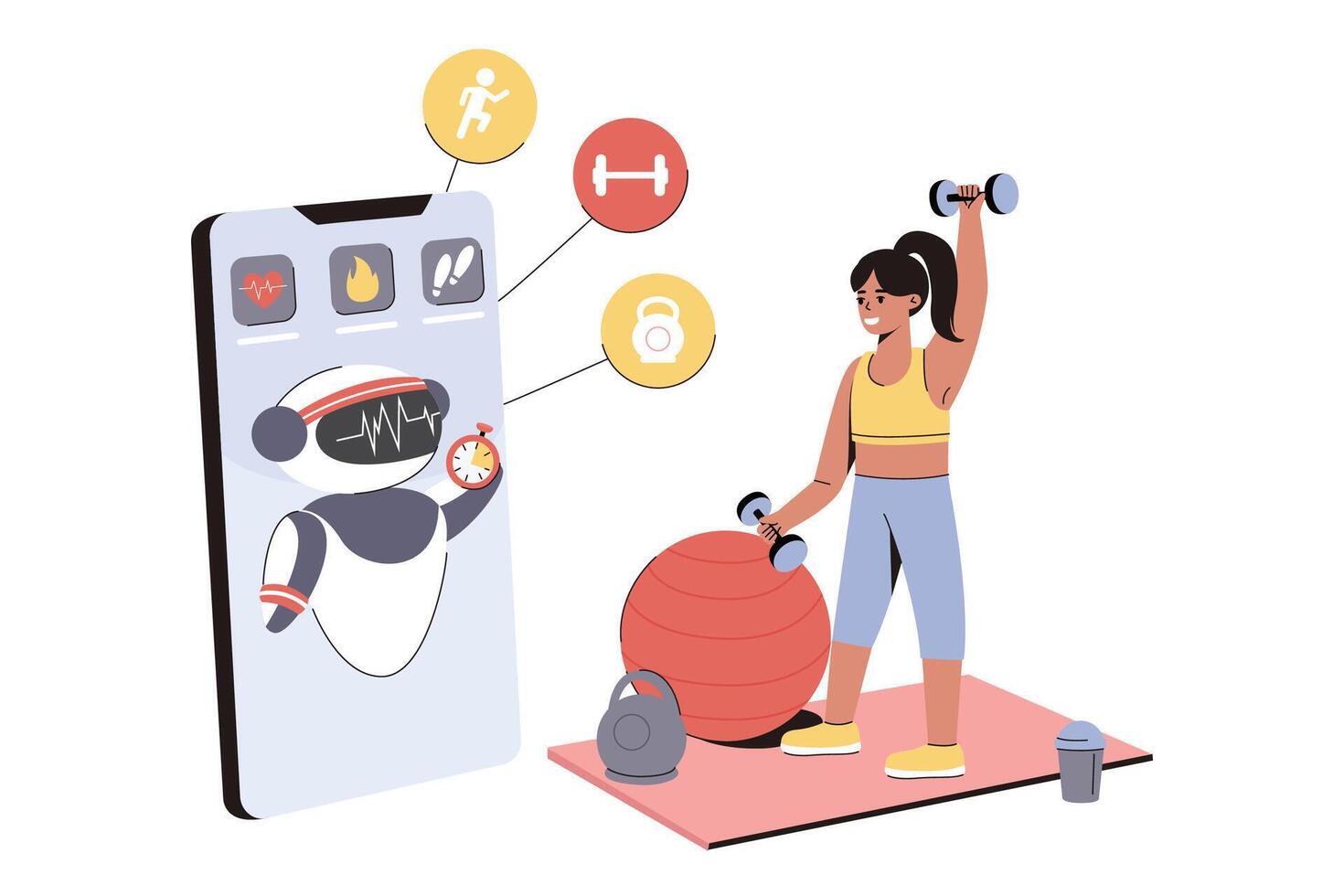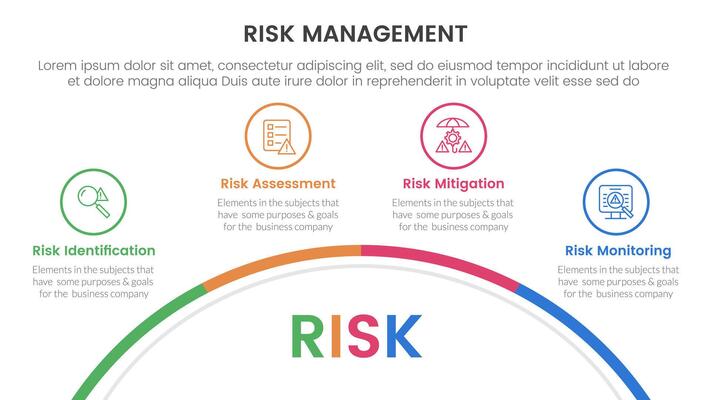Chronic Pain Management: A Comprehensive Guide to Multidisciplinary Approaches



- Persistent pain lasting beyond three months
- Often accompanied by fatigue and sleep disturbances
- Can lead to anxiety, depression, and reduced mobility
- Impacts physical, emotional, and social well-being
Aspect | Impact of Chronic Pain |
|---|---|
Physical | Reduced mobility, muscle weakness, fatigue |
Emotional | Anxiety, depression, irritability |
Social | Isolation, strained relationships, decreased participation in activities |
Occupational | Reduced work performance, absenteeism, disability |
Aspect | Impact of Chronic Pain |
|---|---|
Physical | Reduced mobility, muscle weakness, fatigue |
Emotional | Anxiety, depression, irritability |
Social | Isolation, strained relationships, decreased participation in activities |
Occupational | Reduced work performance, absenteeism, disability |

- Integrates medical, physical, and psychological therapies
- Addresses the physical, emotional, and social aspects of pain
- Personalized treatment plan based on individual needs
- Involves a team of healthcare professionals
Discipline | Role in Pain Management |
|---|---|
Physician | Diagnosis, medication management, interventional procedures |
Physical Therapist | Exercise therapy, manual therapy, pain education |
Psychologist | Cognitive behavioral therapy, stress management, coping strategies |
Occupational Therapist | Activity modification, adaptive equipment, ergonomic assessments |
Discipline | Role in Pain Management |
|---|---|
Physician | Diagnosis, medication management, interventional procedures |
Physical Therapist | Exercise therapy, manual therapy, pain education |
Psychologist | Cognitive behavioral therapy, stress management, coping strategies |
Occupational Therapist | Activity modification, adaptive equipment, ergonomic assessments |

- Analgesics (pain relievers)
- Anti-inflammatory drugs
- Antidepressants
- Anticonvulsants
- Nerve blocks
- Spinal cord stimulation
- Radiofrequency ablation
Intervention | Description | Potential Benefits |
|---|---|---|
Analgesics | Pain-relieving medications | Reduces pain intensity |
Nerve Blocks | Injection of local anesthetic | Temporary pain relief by blocking nerve signals |
Spinal Cord Stimulation | Implanted device sends electrical impulses | Reduces pain signals reaching the brain |
Intervention | Description | Potential Benefits |
|---|---|---|
Analgesics | Pain-relieving medications | Reduces pain intensity |
Nerve Blocks | Injection of local anesthetic | Temporary pain relief by blocking nerve signals |
Spinal Cord Stimulation | Implanted device sends electrical impulses | Reduces pain signals reaching the brain |

- Exercise therapy
- Manual therapy (massage, mobilization)
- Heat and cold therapy
- Ultrasound and electrical stimulation
- Posture and ergonomic training
Therapy | Description | Benefits |
|---|---|---|
Exercise Therapy | Tailored exercises to improve strength, flexibility, and endurance | Reduces pain, improves function, increases mobility |
Manual Therapy | Hands-on techniques to release muscle tension and improve joint mobility | Reduces pain, improves range of motion |
Heat/Cold Therapy | Application of heat or cold to the affected area | Reduces pain, inflammation, and muscle spasms |
Therapy | Description | Benefits |
|---|---|---|
Exercise Therapy | Tailored exercises to improve strength, flexibility, and endurance | Reduces pain, improves function, increases mobility |
Manual Therapy | Hands-on techniques to release muscle tension and improve joint mobility | Reduces pain, improves range of motion |
Heat/Cold Therapy | Application of heat or cold to the affected area | Reduces pain, inflammation, and muscle spasms |

- Cognitive Behavioral Therapy (CBT)
- Mindfulness meditation
- Relaxation techniques
- Stress management training
- Support groups
Therapy | Description | Benefits |
|---|---|---|
Cognitive Behavioral Therapy (CBT) | Therapy to change negative thoughts and behaviors | Reduces pain perception, improves coping skills |
Mindfulness Meditation | Focusing on the present moment | Reduces stress, improves pain tolerance |
Support Groups | Connecting with others experiencing chronic pain | Provides emotional support, reduces isolation |
Therapy | Description | Benefits |
|---|---|---|
Cognitive Behavioral Therapy (CBT) | Therapy to change negative thoughts and behaviors | Reduces pain perception, improves coping skills |
Mindfulness Meditation | Focusing on the present moment | Reduces stress, improves pain tolerance |
Support Groups | Connecting with others experiencing chronic pain | Provides emotional support, reduces isolation |








